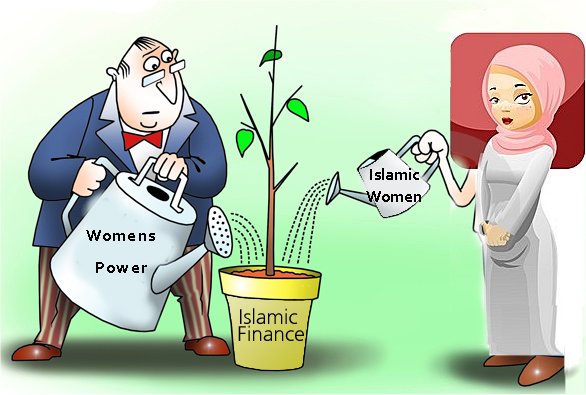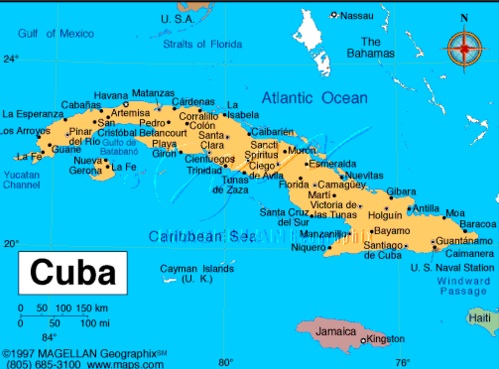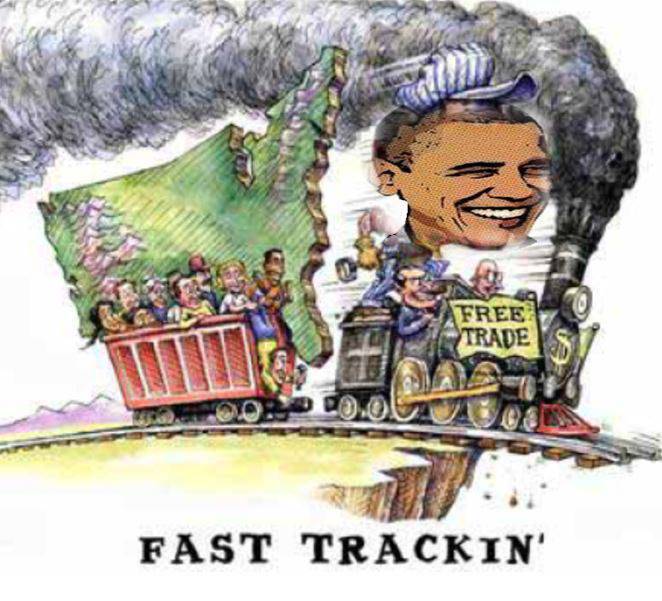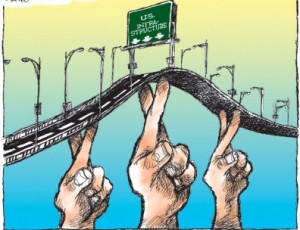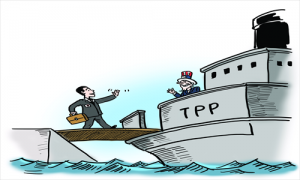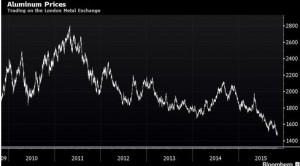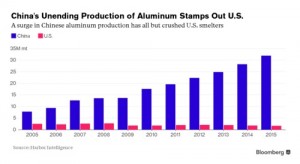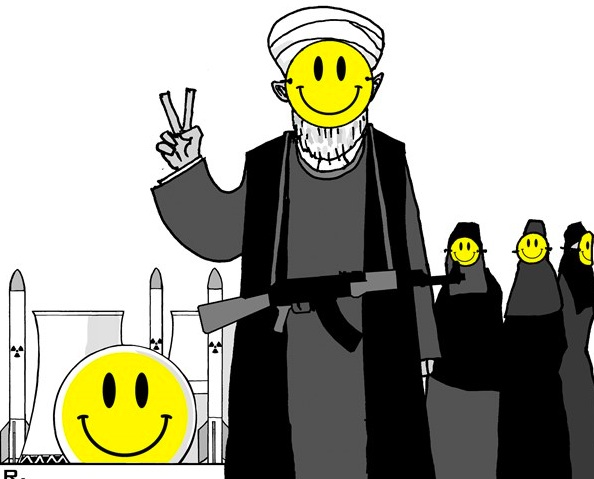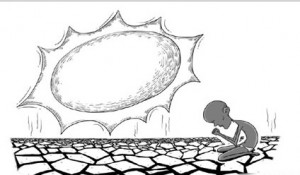Pricing in the pharmaceutical markets is dicey.
When the new owners of a life-saving AIDS drug raised its price by 5,000%, an online backlash forced the CEO to change his mind. While the public might have been outraged, this was hardly the first time the pharmaceutical industry the failed to make a cheap-to-produce but essential medicine easily available to those who need it.
Experts warned that a vital snakebite antidote had been withdrawn from the market by its manufacturers and that soon there would be no equivalent treatment available at all.
Too often the knowledge and the means to save lives are put at risk by problems with the pharmaceutical market. When these medicines are already developed and can be produced at modest cost, it is all the more frustrating and morally questionable.
We live in a world where the economic system can generally be relied upon to produce things that people want or need – even when those wants and needs could be viewed as trivial.
The arrangements in the markets for life-saving medicines – – especially those that target diseases prevalent in low-income countries – – are complex. They are characterised by powerful interests, on the sides of both producers and purchasers.
One obvious way we can see this is in how a drug’s developer is granted a legal monopoly over its sale through patents and licenses, preventing other companies from reproducing the same drug at a cheaper price. Producers then can (and do) sometimes target very high prices.
Some producers point to the very high costs and substantial risks associated with developing new drugs to justify these prices. They argue the patent system is a means of generating the necessary finance for these risky investments.
Through the patent system we are inherently relying on prices to generate incentives for investments. This makes life-saving drugs often unaffordable and skews investment in favour of those drugs that can command the highest prices rather than those that may save the most lives.
More is spent on R&D for minor ailments in high-income countries, such as for hair loss, than for major global killers afflicting mainly the poor, such as malaria.
Against this backdrop, big purchasers such as governments and aid agencies try to steer a course between negotiating lower prices and encouraging investment in new drugs – and keeping existing ones on the market. They too have limited budgets and cannot know for sure what prices they can afford in the long run.
This means the availability of drugs and the direction of R&D expenditures depend upon the actions of multiple agencies across different countries. If the negotiations go wrong or buyers don’t signal enough demand to manufacturers, vital drugs such as snakebite antidotes may cease to exist.


